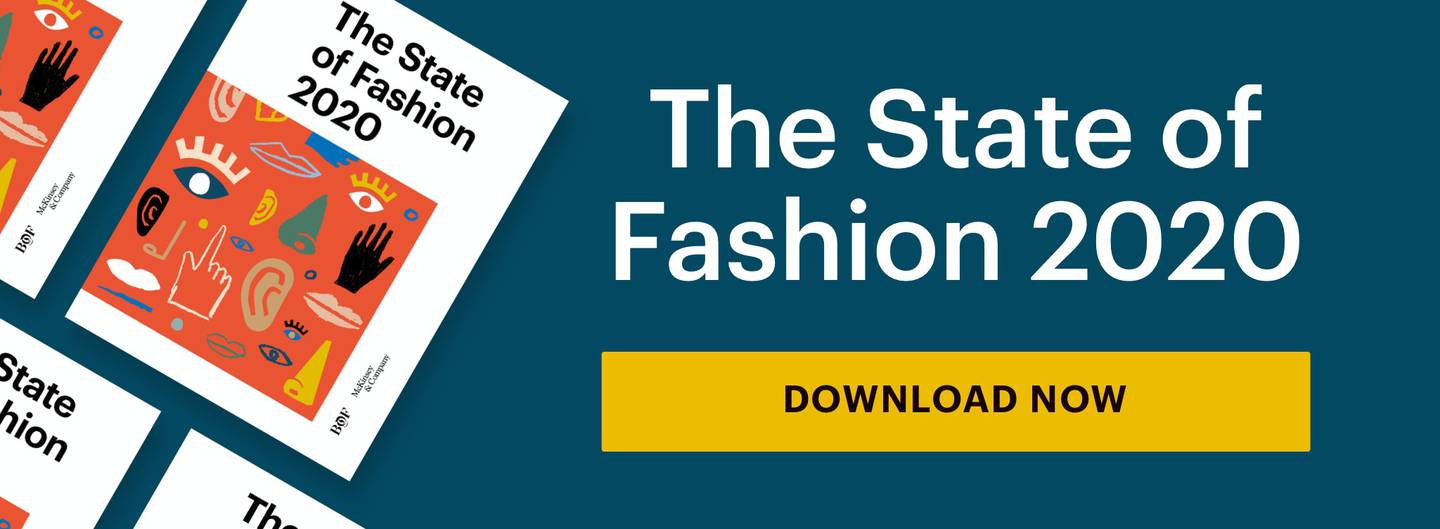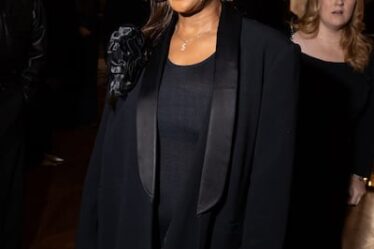
LONDON, United Kingdom — Now in its fourth iteration, the annual State of Fashion report by The Business of Fashion and McKinsey & Company addresses the key fashion industry themes that will set the agenda, amid continued political uncertainty, slowing economic growth, a changing digital landscape and rising consumer demand for environmental and social accountability.
On November 27, BoF Editor-in-Chief Imran Amed and Achim Berg, global leader of McKinsey’s apparel, fashion and luxury group, took part in a live webinar to discuss the 2020 report in detail, with participation from BoF Professional members. Here are some of the key topics they addressed:
A Worrying Outlook?
Fashion industry executives are pessimistic about 2020, with only 9 percent expecting conditions to improve in the next year. In Asia, the most optimistic region, this proportion is slightly higher at 14 percent.
- While economic growth slows on a global scale, emerging markets present more of an opportunity, as do developed regions such as Southeast Asia, Russia and the Middle East.
The ‘Super Winners’ Explained
The bulk of value creation in the fashion industry disproportionately comes from a very small number of players. According to Berg, “there are a few [companies] that really take the lion’s share of all the profits and there are a lot of players that are now facing tough times.”
- The McKinsey Global Fashion Index evaluated some 350 fashion companies, of which the top 70 were found to be contributing positively to the industry’s economic profit. Conversely, over half of the industry is made up of “value destroyers.”
- The “Super Winners” — the 20 best-performing fashion companies of the year — are measured by absolute economic profit in US dollars (calculated using net profit and accounting for the cost of capital).
- While mid-market fashion often gets squeezed by both fast fashion and contemporary price points, Zara owner Inditex is doing well on account of its solid branding and global presence.
- There are also “Hidden Champions” in the industry — private high-performing and influential fashion players, such as Chanel and Rolex. Collectively, they generate over $125 billion in annual revenues.
Sustainability First
- The climate emergency is now front of mind for consumers and has therefore moved to the top of the agenda for chief executives.
- In 2020, companies will need to look beyond greenwashing and empty initiatives, moving towards effecting tangible change while squaring this with corporate objectives.
- One of the biggest challenges of implementing sustainable practices and business models is scalability, Berg said.
- Tangentially, industry players are caring more and more about the environmental credentials of yarns and textiles, a growing area in research and development and another key theme for the year ahead.
Subscribe to BoF Professional for unlimited access to BoF articles, plus exclusive benefits for members. For a limited time, enjoy a 25 percent discount on the first year of an annual membership, exclusively for podcast listeners. Simply, click here, select the Annual Package and use code PODCAST2019 at the checkout.
To contact The Business of Fashion with comments, questions, or speaker ideas please e-mail [email protected].



